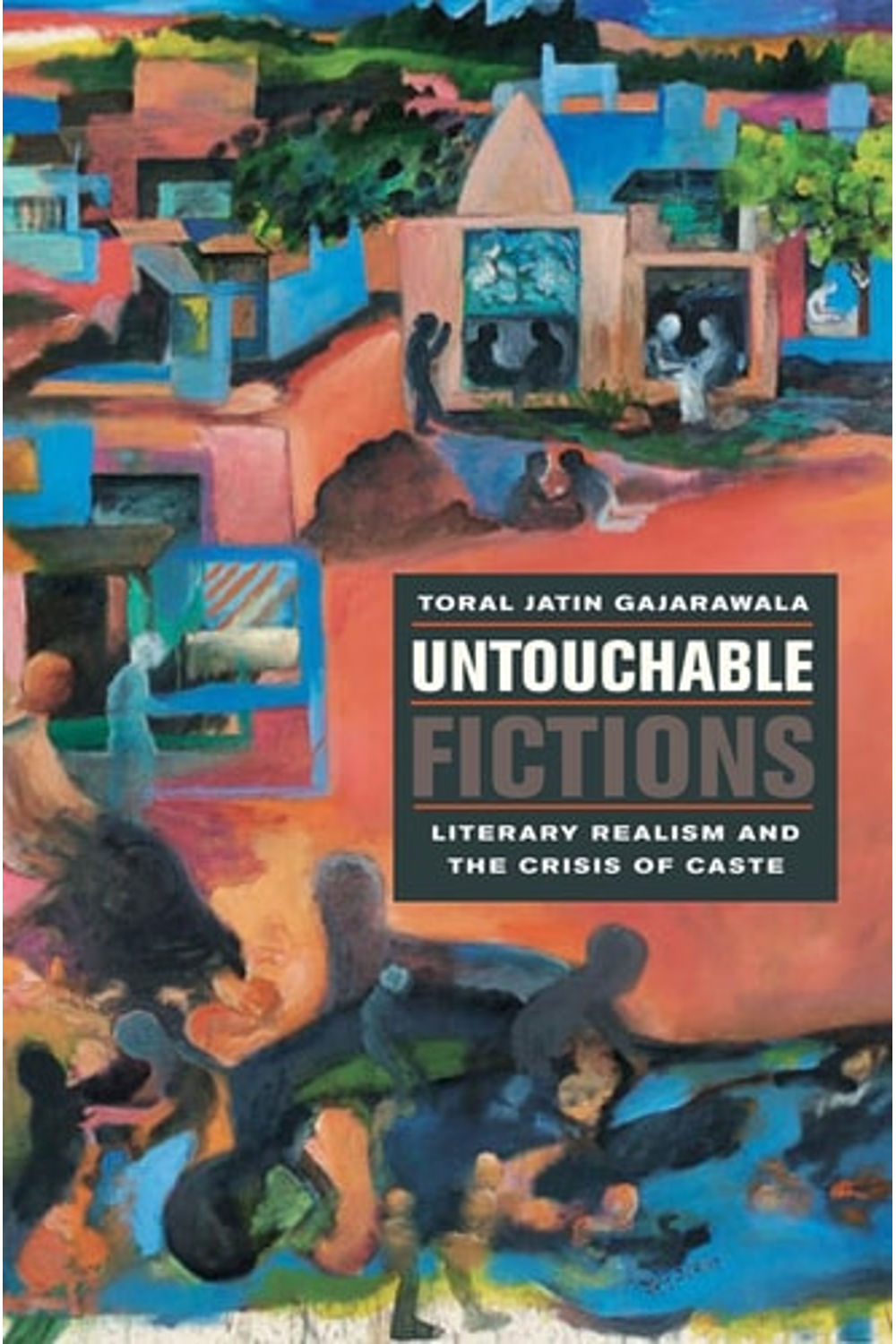Explore the complex relationship between caste and literary expression in Toral Jatin Gajarawala’s “Untouchable Fictions: Literary Realism and the Crisis of Caste.” This compelling study examines how the realities of caste subtly, and often overtly, shaped South Asian literature, particularly Dalit (“untouchable”) writing. Gajarawala challenges conventional understandings of literary realism, revealing its limitations and biases when portraying a society deeply stratified by caste. Drawing from a range of authors including Premchand, Mulk Raj Anand, and V.S. Naipaul, the book analyzes how these writers grappled with themes of social injustice, discrimination, and resistance within the framework of their narratives. Discover how Dalit literature emerged as a powerful voice challenging dominant narratives and offering alternative perspectives. Perfect for students and scholars of South Asian literature, postcolonial studies, and anyone interested in the intersection of literature and social justice. Understand the nuances of Indian fiction and the profound impact of caste on storytelling.
Untouchable Fictions: Literary Realism and the Crisis of Caste
19,76 $
In stock
Untouchable Fictions considers the crisis of literary realism- progressive, rural, regionalist, experimental- in order to derive a literary genealogy for the recent explosion of Dalit (untouchable caste) fiction. Drawing on a wide array of fiction from Premchand and Renu in Hindi to Mulk Raj Anand and V.S. Naipaul in English, Gajarawala illuminates the dark side of realist complicity: a hidden aesthetics and politics of caste. How does caste color the novel? What are its formal tendencies? What generic constraints does it produce? Untouchable Fictions juxtaposes the Dalit text, and its radical critique, with a history of progressive literary movements in South Asia. Gajarawala reads Dalit writing dialectically, doing justice to its unique and groundbreaking literary interventions while also demanding that it be read as an integral moment in the literary genealogy of the 20th and 21st century. How might we trace the origins of the rise of Dalit fiction in the critical realism of the Progressive Writers Association of the 1930s, or in the gaps laid bare by the peasant novel of the 1950s? And what kind of dialogue does untouchable caste writing with its more famous counterpart: the Anglophone fiction of the last few decades? Under Gajarawalas lens the aesthetic languages of Hindi and English are intertwined and caste becomes a central category of literary analysis.
This book, grounded in the fields of postcolonial theory, South Asian literatures, and cultural studies will be important for all readers interested in the problematic relations between aesthetics and politics, between social movements and cultural production. Engaged as it is with contemporary theories of realism and the problem of aesthetics, it would also be of interest to students of English, comparative literature, contemporary Third World literature, and historians of literary movements. More specifically, as a text that considers recent developments in genre theory and South Asian fiction, it would interest scholars of the Indian and Indian Anglophone novel. Finally, this project, as an interrogation of caste politics in the cultural sphere, is an important contribution to the burgeoning field of Dalit studies.
| Authors | |
|---|---|
| Binding | |
| Condition | |
| ISBN-10 | 082324525X |
| ISBN-13 | 9780823245253 |
| Language | |
| Pages | 272 |
| Publisher | |
| Year published | |
| Weight | 363 |
| Edition | 1 |
| Dewey decimal | 891.4 |
- Additional information
- Currencies
- USD – United States dollar
- EUR – Euro
- GBP – Pound sterling
- CNY – Chinese yuan
- BRL – Brazilian real
- MXN – Mexican peso
- JPY – Japanese yen
- PHP – Philippine peso
- THB – Thai baht
- PLN – Polish złoty
- CAD – Canadian dollar
- MYR – Malaysian ringgit
- AUD – Australian dollar
- TWD – New Taiwan dollar
- CZK – Czech koruna
- SEK – Swedish krona
- HUF – Hungarian forint
- ILS – Israeli new shekel
- CHF – Swiss franc
- HKD – Hong Kong dollar
- DKK – Danish krone
- SGD – Singapore dollar
- NOK – Norwegian krone
- NZD – New Zealand dollar





